The D Day Series. Unveiling history; the Epic D Day Story unfolded in this amazing museum in Portsmouth.
/The D Day Story in Portsmouth: A Journey into History
Visiting the D Day Story in Portsmouth is an experience that should not be missed. It offers a unique opportunity to delve into the pivotal events of World War II and gain a deeper understanding of the Normandy landings. Firstly, the museum houses an impressive collection of artifacts and exhibits that bring the history to life, allowing visitors to see and touch items used during the D Day operations. From uniforms and weaponry to personal belongings and diaries, these tangible pieces of history create a profound connection with the past. Secondly, the museum provides a comprehensive narrative, guiding visitors through the planning, execution, and aftermath of the landings. The informative displays, interactive exhibits, and audiovisual presentations offer a multi-sensory experience, immersing visitors in the sheer scale and bravery of the operation. Lastly, the D Day Story stands on the very coastline where the Allied forces departed for Normandy, granting visitors the chance to witness the historic landscape that witnessed such a monumental event. The opportunity to walk along the seafront, imagining the battleships on the horizon and the intensity of the momentous day, adds an extra layer to the visit. In summary, the D Day Story in Portsmouth is a must-visit for history enthusiasts, offering an immersive and educational experience that honors the heroism and sacrifice of those who participated in the D Day landings.
Fascinating things to see at the D Day Story.
One of the star exhibits is LCT 7074. Over 4000 amphibious craft were used in Operation Neptune and of those, 800 were known as Landing Craft Tank. The only one in existence today is LCT 7074 which sits proudly outside the D Day Museum with 2 tanks on board (see below.) You can explore this craft at your leisure.
Above a Sherman tank. These were used to great effect on D Day and up until victory.
Above; a Churchill Crocodile tank. The gadget to the right of the upper yellow triangle is a flamethrower. If you look below , you can see the flamethrower in action.
Above; a notice board showing the landing craft with its cargo of tanks.
Above are some stills from a video displayed on board the landing craft which shows ladies doing their part for the war effort. Victorians would have been stunned by these photos of women doing “men’s work”. Only 60 years before these photos were taken a large section of the male dominated population would not have believed that women would have the mental ability or the strength to do such vital work.
Above; to gather information about Normandy, a request went out for any postcards of Normandy that people had and any photos taken recently.In the museum there is a display of some of those postcards and photos.
Above; in the museum there is an example of an aerial photograph and a special lens so that visitors can interpret the reconnaissance photo like the experts.
Above; A coastal silhouette booklet for Sword beach. Aircraft flew in low over the coast in order that the photos taken would represent the view that the landing craft crew would get from their landing craft. It was very easy to go off course and so this was a valuable aid.
This fascinating case from the museum includes a special suit warn by a soldier to gather sand samples because planners needed to know which beaches could sustain tanks . The last thing they wanted was to have all of their vehicles stuck in sand! The suit had padded elbows and knees to facilitate stealthily crawling up a beach to collect samples. They also had to calculate the gradient of the beach, again for vehicles tomato speedy progress soon after reaching the shore.
In the middle is a reconnaissance camera used by the RAF and and in the bottom right of the photo is a suitcase radio used by agents and the French Resistance to send back information, in morse code, on such things as troop movements, new defences, minefields and new gun batteries.
Below; in the D Day museum is a 15 inch shell like the ones that were used to bombard German shore defences.
Below; in the museum is an example of a dress made by a French civilian out of parachute silk found at Aunay-sur-Odon. It is from a supply drop to British troops with each colour parachute representing a particular type of supplies. Yellow was used for medical supplies.
Above; exhibits from the D day museum. On the left is a Rupert and above the Rupert is some window. These were involved in 4 fake airborne assaults away from the area covered by Operation Overlord. Their plan was to drop 500 dummy parachutists (“Ruperts”), rifle fire simulators, metal radar reflective foil (“Window”) and 2 SAS teams. Twelve SAS men were also dropped carrying sound recordings of rile, mortar fire and shouted orders together with amplifiers to fool the enemy. After 30 minutes, the SAS disappeared having occupied and totally confused the enemy.
Below; hanging from the ceiling in the museum, is a lightweight folding bike used by airborne troops and commandos.
Above; at the museum is an amphibious vehicle named the DUKW or Duck. It was vital in transporting troops and supplies ashore along the D Day beaches. It was successful on all fronts with 586 being supplied to the Soviet Union before they decided to make their own and they even traversed coral reefs in the war in the Pacific.
Below; at the museum you can get up close to a Sherman BARV tank, a Beach Armoured Recovery Vehicle which was used to clear away any broken down or destroyed vehicles that were getting in the way of the Allied troops and equipment. As you can imagine, a lot of vehicles got destroyed on the D Day beaches and could have prevented a successful landing if not dealt with quickly.
Above; In the museum you can see a bogus map with names from elsewhere in the world and so if it was found, it would not mean anything. This was just a small part in the deception tactics employed both before and during the landings. One major deception was to convince the German high command that the Allies were going to land in the Calais area. Even after the landings in Normandy were underway, the Nazis still believed it was in the Calais area that the main landings would take place!
Above; a list of code names for key places in Normandy. It was believed that they were easier to pronounce and therefore remember, for the Allied soldiers.
Above; a hand drawn construction plan for a caisson and below a model of a caisson. Caissons were the breakwaters that had to provide sheltered water for the ships to dock and be unloaded.
Above; a piece of telephone cable laid under the Channel to Britain. Radio messages could be intercepted by the Germans and so telephones were preferred. This piece of cable went to the terminal stations at Swanage and Southbourne in Dorset.
Above; PLUTO, Pipe Line Under the Ocean. A piece of pipe that went across the bed of the Channel from Britain to deliver a continuous supply of fuel. Another incredible creation that helped bring about eventual victory. The Allies could have easily run out of fuel without PLUTO.
Above top right, a holster that belonged to Harry Plisevich from the 101st Airborne Division. The rope, bottom left, is a rope life belt made by Sublieutenant John Ellis, second in command of LCT 2130. All of his crew made these so that if they fell in the water, they could be hooked and heaved back on board their ship. LCT 2130 took US troops from Dartmouth and dropped them onto Utah beach. The ship’s logbook is in the front left of the case.
Above. A guide to Great Britain to help American soldiers understand the British, their words, their habits and their ways. It cites as an example that the British do not know how to make a decent cup of coffee but Americans do not know how to make a decent cup of tea.
Above. Up to date technology, a can of self heating soup for the D Day troops.
Above and below, the possessions of Private James O’Hara from Des Moines, Iowa. James served as a medic in Normandy and on display are his cap, dog tag (identification tag to be worn at all times), identity pass, and US Technician’s 4th grade and amphibious forces badges.
Below. Lastly there is the amazing Overlord Embroidery. It was designed by Sandra Lawrence whose 34 colour paintings for this fantastic embroidery now hang in the Pentagon. The embroidery is 84 metres in length and it took 5 years to make. A team of 25 ladies created it using over 50 different fabrics including uniforms from World War 2.
Above; this panel shows the key decision makers with General Eisenhower in the middle. Above them , you can see American planes coming in from the left and British ones on the right. Also detailed are the routes for landing troops by sea and by air.
Above and below; the journey across the channel to Normandy. The RAF dominated the skies above Normandy on D Day and played a big role in its success.
Above and below; a huge fleet nears the Normandy coast.
Above; airborne operations begin with gliders in the middle and parachutists on the right.
Above; cruisers blasting the German strongholds.
Above; the first troops arrive on the beaches and in the middle are the obstacles that they had to overcome.
Above; success and prisoners taken.
Essential information
Getting there.
Clarence Esplanade
Portsmouth
England
PO5 3NT
The D-Day Story is located on Clarence Esplanade, Southsea, Hampshire. Use postcode PO5 3NT for sat nav.
Parking
There is a large 125-space car park located next to the D-Day Story. The car park is open 24 hours a day and has toilet facilities on site. There are 25 coach spaces, with a wash bay facility available. For parking charges please see The Seafront D-Day car park .
There are marked disabled bays within the car park and on Clarence Esplanade in front of the museum. Parking is free for blue badge holders.
Park & Ride
Portsmouth’s Park & Ride is available from Junction 1 of the M275 motorway which is the principal route into Portsmouth from the north. Follow the brown direction signs to the Park & Ride car park.
The nearest Park & Ride stop to The D-Day Story is at The Hard Interchange transport hub which is adjacent to Portsmouth Harbour railway station and Gunwharf Quays.
Catch a connecting number 3 bus to Palmerston Road then it is an attractive 10 minute walk across Southsea Common to the D-Day Story on the seafront.
Buses
The nearest bus stop is an attractive 10 minute walk from Palmerston Road across Southsea Common, to the D-Day Story. See directions above from The Hard Interchange to Palmerston Road.
Trains
The nearest train station is Portsmouth & Southsea – a 1.5 mile walk from The D-Day Story. The most direct route is via Isambard Brunel Road, Grosvenor Street, Cottage Grove, Grove Roads North and South, Palmerston Road and Avenue de Caen. There is also a taxi rank outside Portsmouth & Southsea railway station.
Alternatively, it’s a 1.7 mile walk from Fratton station to the museum, via Sydenham Terrace, Victoria Roads North and South, Lennox Road South and Clarence Esplanade.
Opening times and tickets
Click here for current information from the D Day Story’s website.

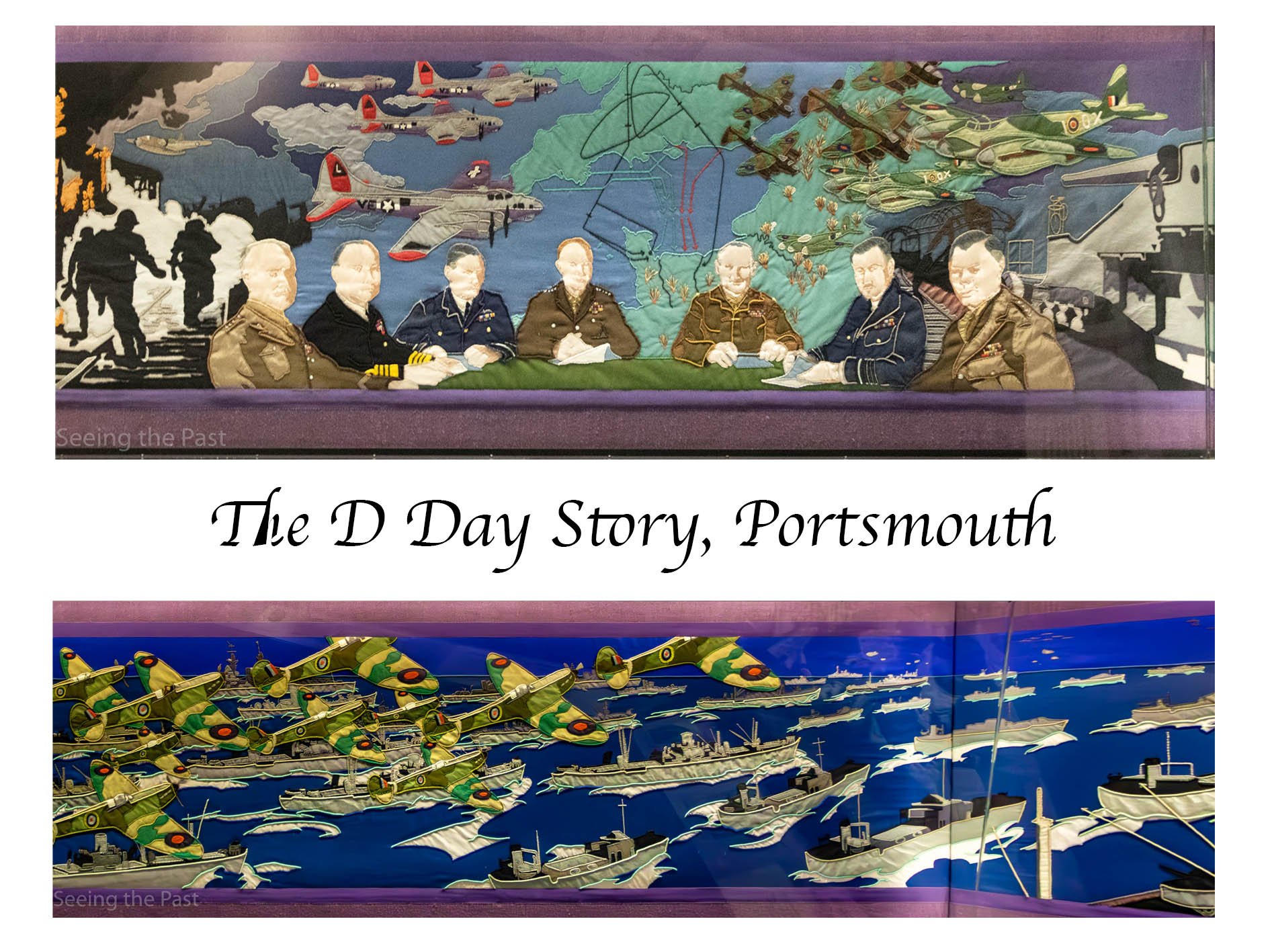



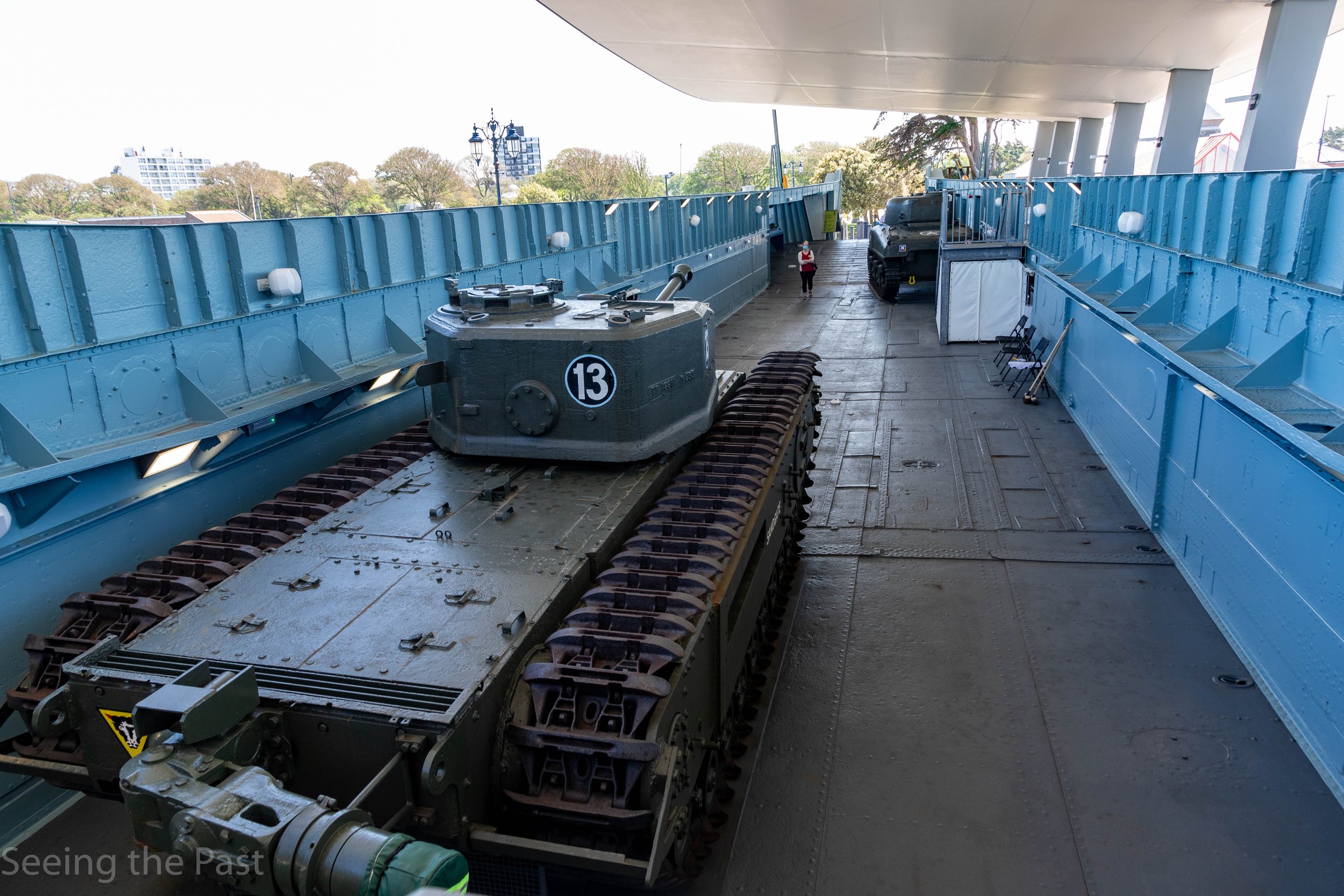










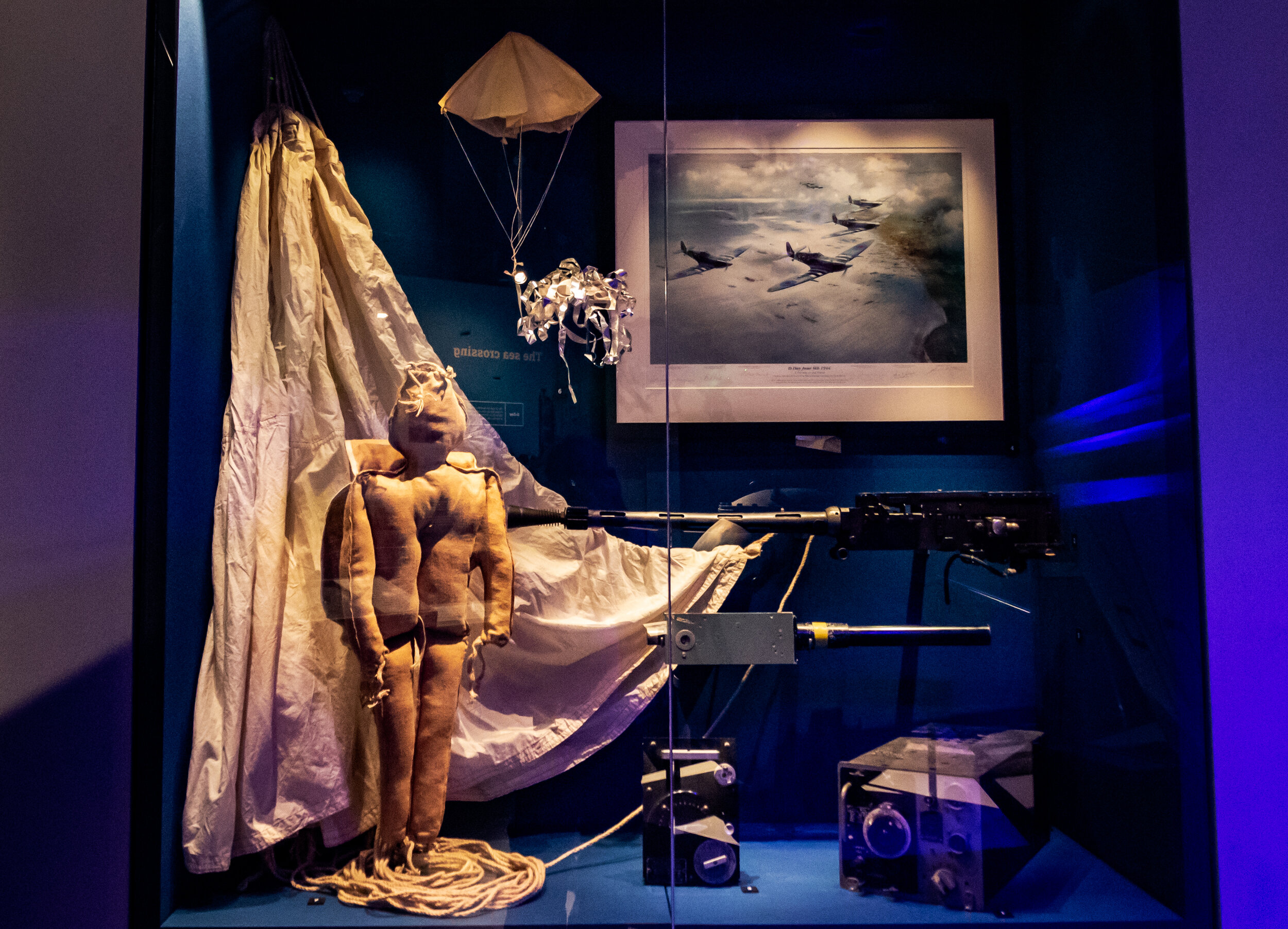



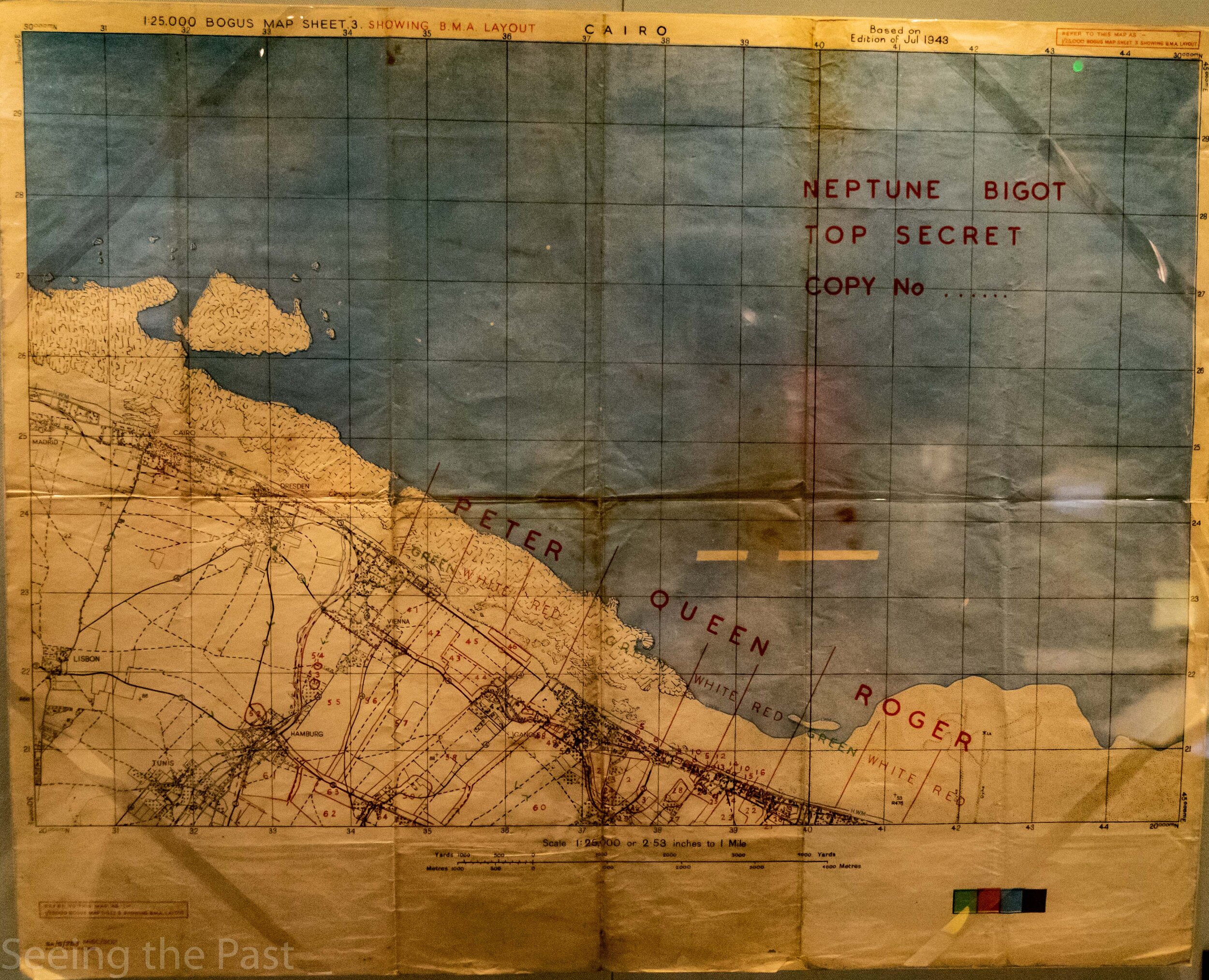

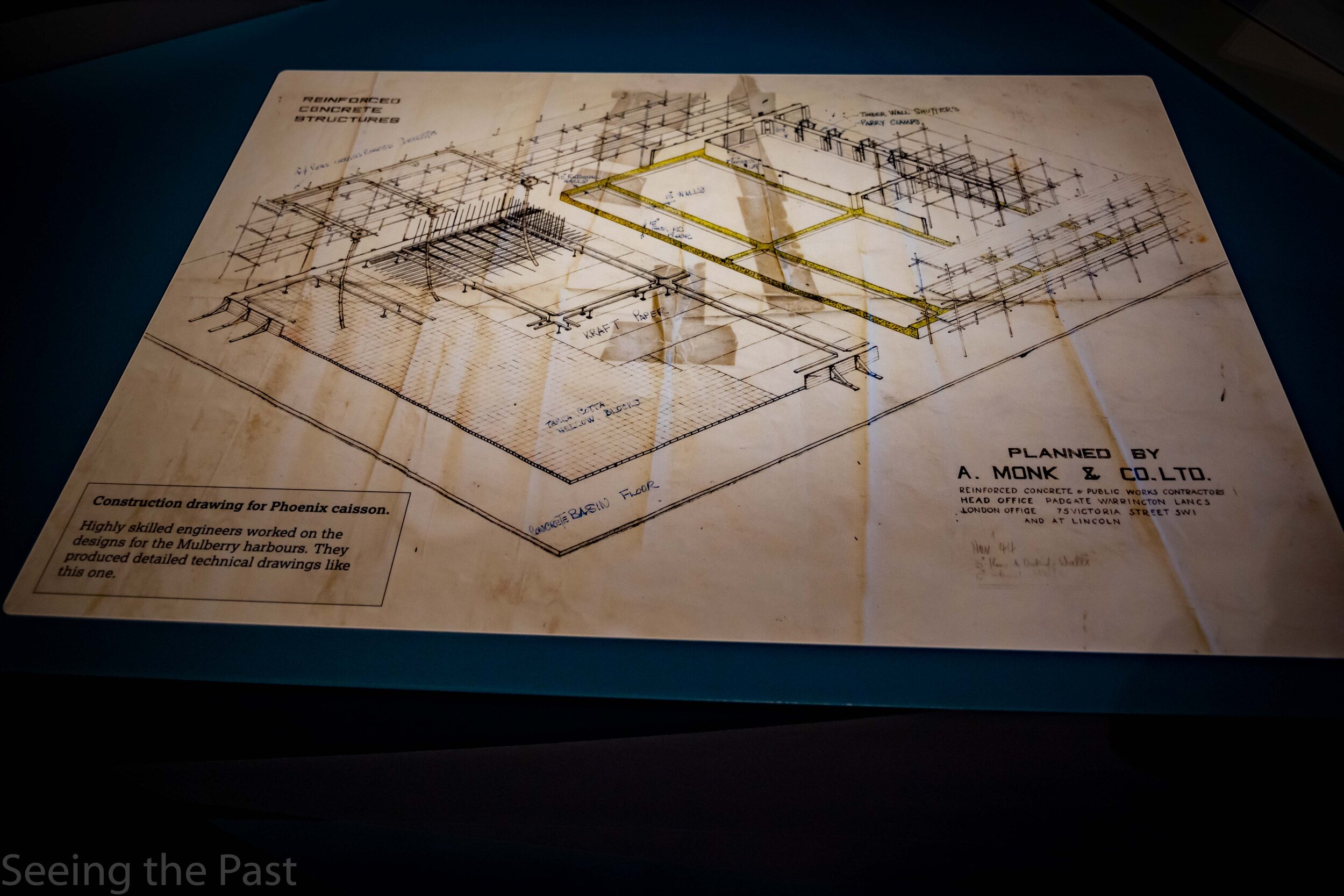















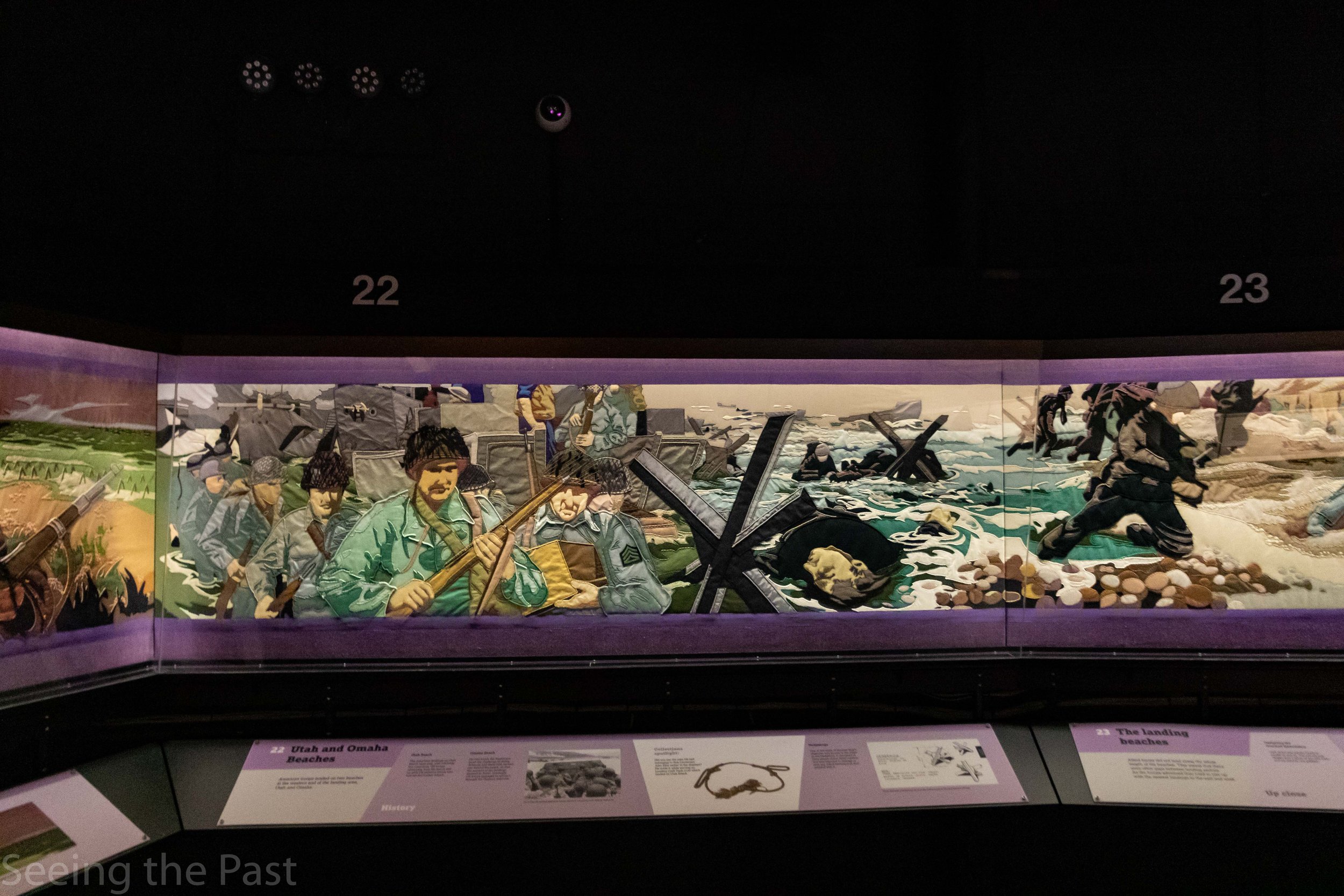
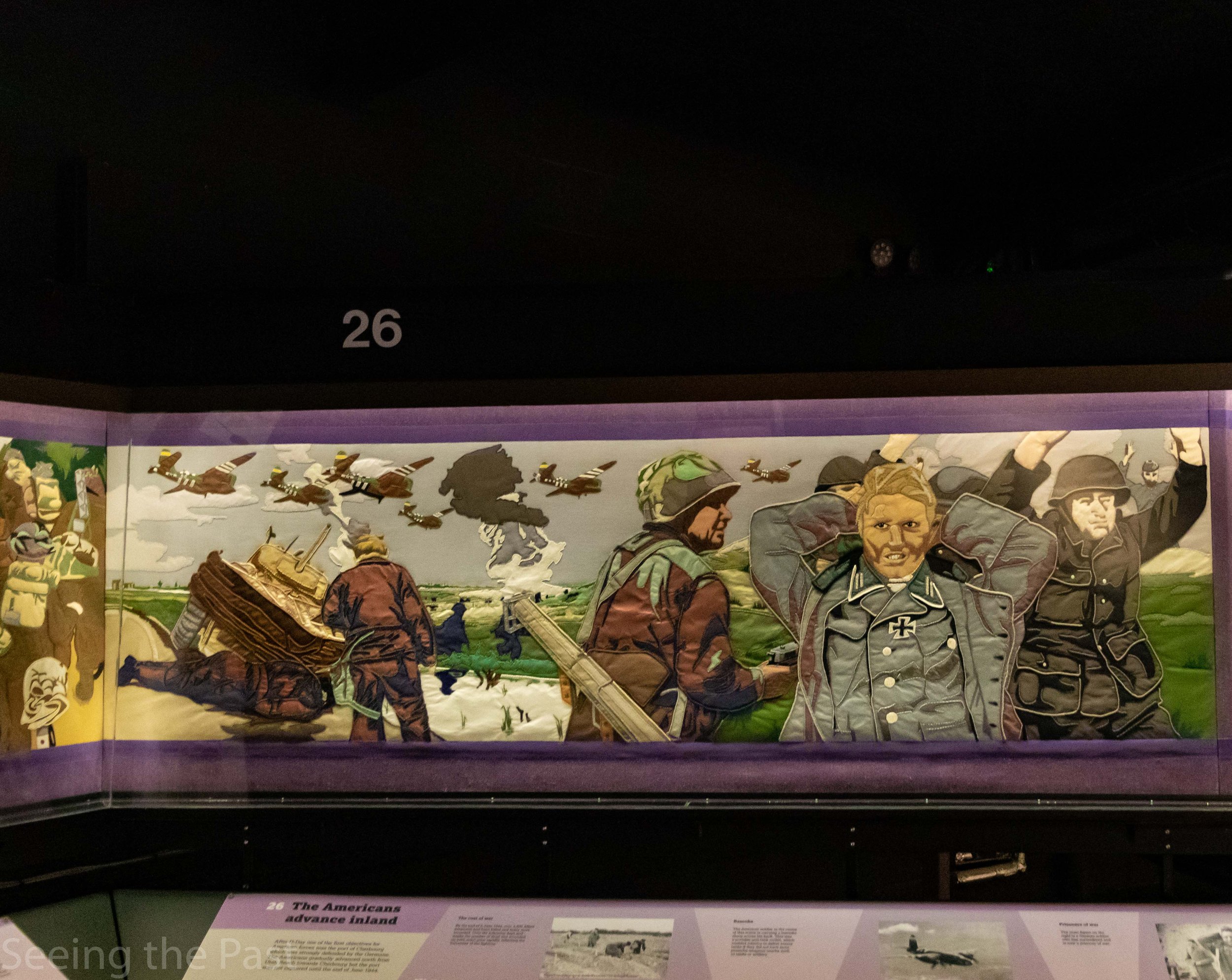










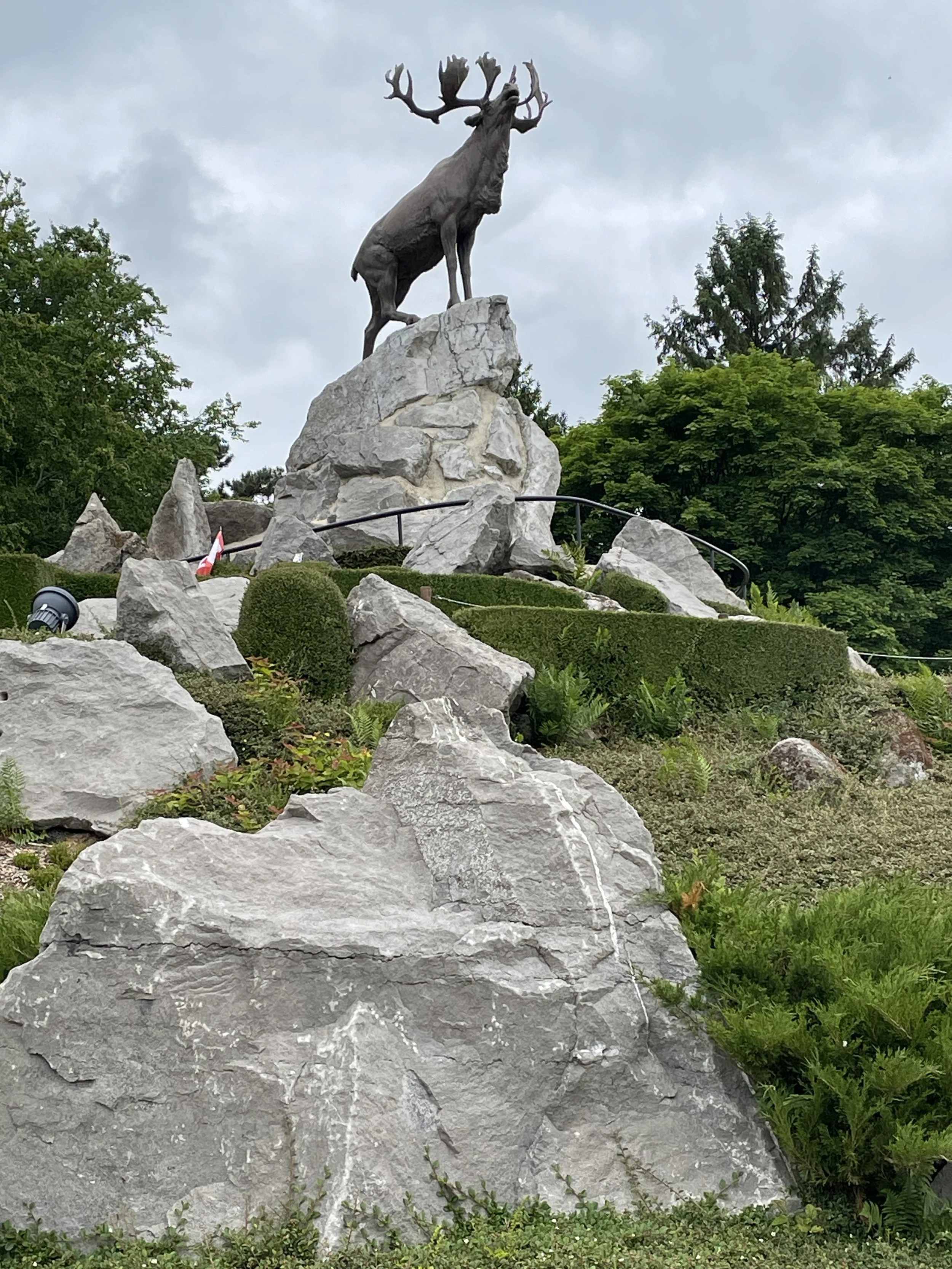
The Battle of the Somme has become known as one of the bloodiest battles in history with 57, 000 British and Empire soldiers being casualties, some within minutes of “going over the top”. This blog tells the story off what happened and what to look out for when visiting Newfoundland Park, the biggest preserved area of the Somme battlefield. Situated above the rolling fields of northern France, the Newfoundland Memorial Park invites visitors to step into a place of quiet remembrance and lasting meaning. It was here that the Battle of the Somme began on July 1st, 1916, marking a defining and tragic moment in history. Walking the preserved trenches and grounds offers a powerful opportunity to reflect on courage, sacrifice, and the enduring impact of those who served. If you can organise a trip in the summer months, a member of the “Student Guide Program”, from Canada will take you to the key features and enrich your tour.